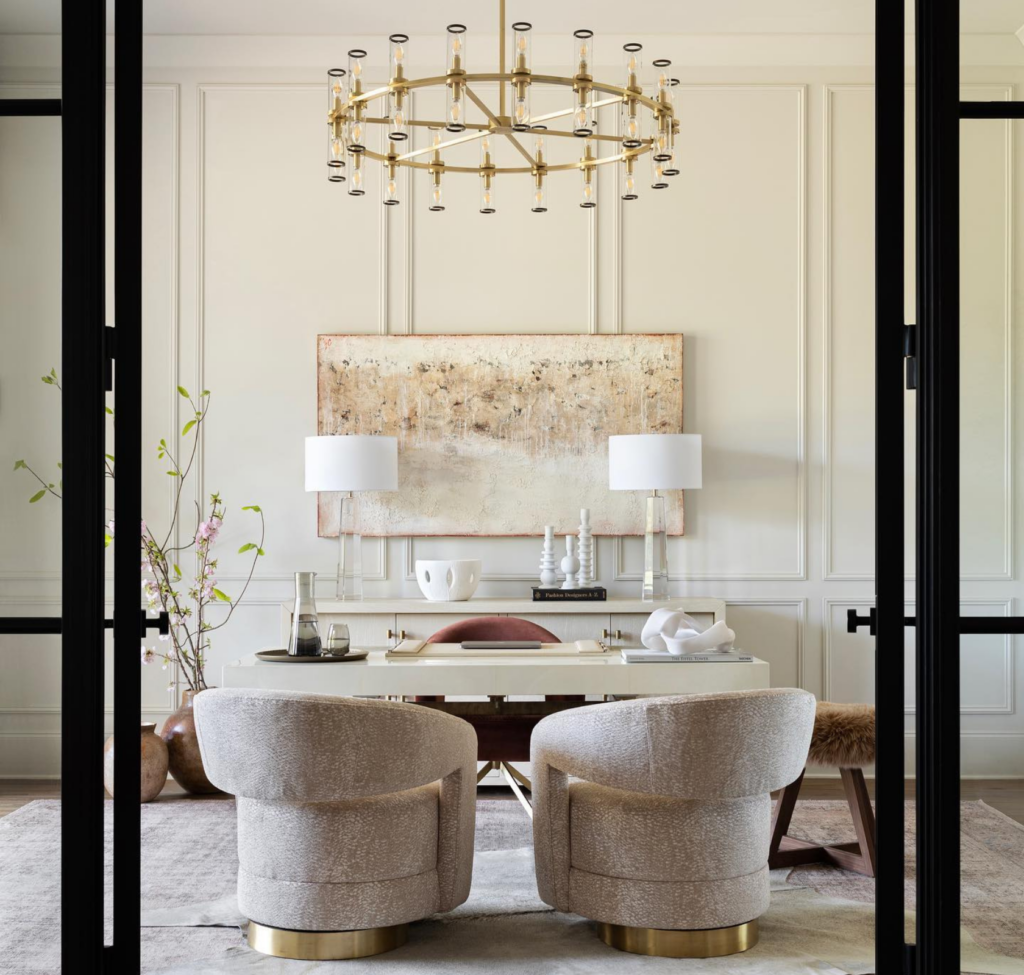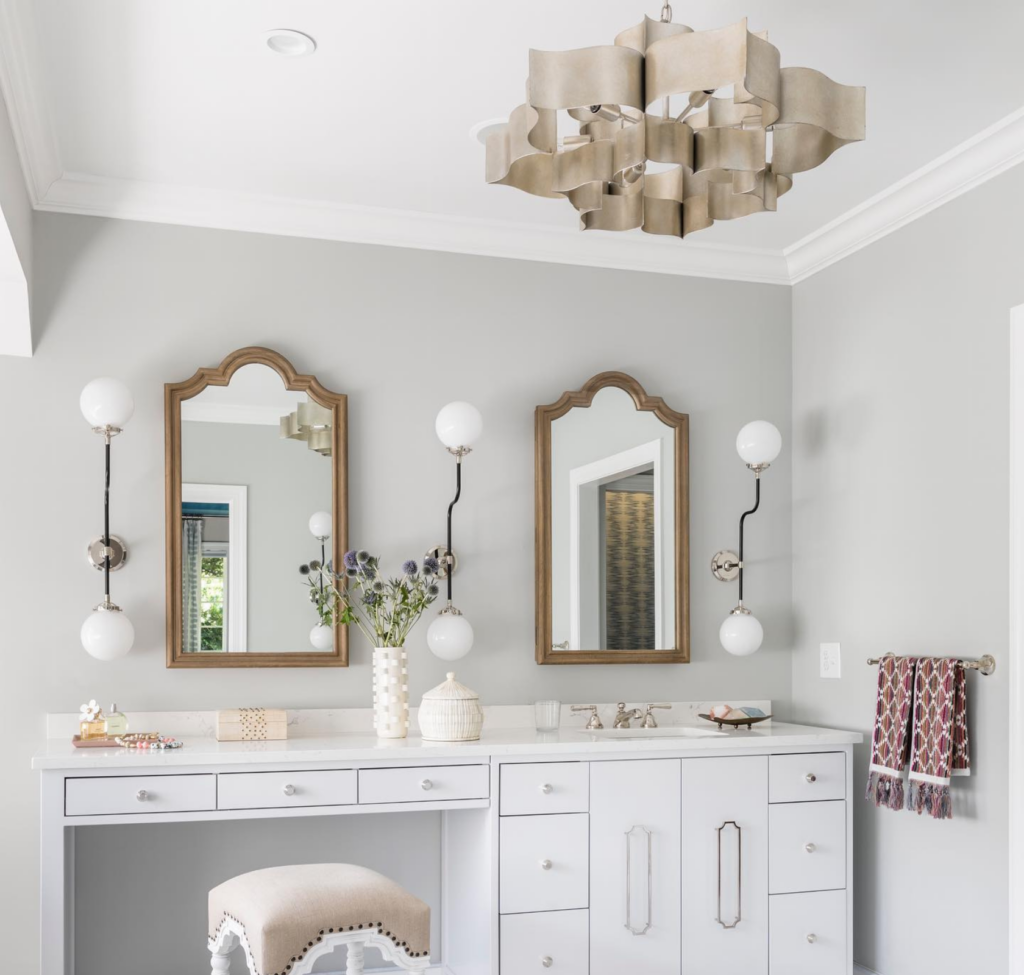Free Ground Shipping on Orders Over $49 Details & Exclusions Excludes Curb Side Delivery (LTL). Lower 48 United States Only. • NEW! Shop The Winter Lookbook
Mar 20, 2013
Dark Sky Movement Changing Outdoor Lighting Fixtures and How We View Exterior Lighting
It used to be that the moon and the stars were the brightest bulbs in the sky. But as anyone who’s flown across a city at night knows, these days, there are an awful lot of outdoor lights shining up from the ground.
Many people assume that an orange nighttime sky is just ugly, not harmful. But recently scientific studies have suggested that light pollution is more than an annoyance; it’s destroying wildlife, damaging human health and costing us a lot of extra money.
That’s why a growing number of cities and towns across the United States are drafting ordinances to try to bring the night sky back. They’re requiring that all new outdoor lighting fixtures that are installed both commercial and residential only shine light down onto the place that needs to be lit, not up into the atmosphere.
Known as the Dark Sky movement, these ordinances vary from town to town, but often the requirements are similar. No outdoor lighting fixtures can shine any light above a horizontal line. Instead, everything must shine down.
“We’re not saying you can’t have that aesthetic value, you just light it from the top down,” explains Johanna Duffek, Sections Coordinator with the International Dark Sky Association, a Tucson, AZ-based non-profit group that’s at the forefront of the movement.
Although the original purpose of The International Dark Sky Association was to keep the night sky pristine for astronomers, today the Dark Sky movement is gaining ground because more consumers are interested in reducing their energy usage, and when you’re not wasting light that’s going up into the sky, you can use a lower wattage bulb to achieve the same level of exterior lighting.
For example, if a homeowner used an outdoor sconce that had openings on the top and the bottom, he’d have to use a 100-watt bulb. But if he switches to a Dark Sky fixture that only allows light to shine from the bottom of the fixture, the homeowner could use a 40-watt bulb.
“It’s a more efficient use of light,” explains Tom Patterson, Director of Product Development at Hinkley Lighting, which already offers some Dark Sky light fixtures. “You can use a third of the wattage or half of the wattage and get the same amount of lumens.”
Patterson says consumer awareness of the Dark Sky movement is still very low, but he said awareness has been growing among local government leaders, and that is forcing the manufacturers to come out with more and more Dark Sky-friendly outdoor fixtures.
“Now in Arizona, in all the new construction, you’re going to have to meet the dark sky qualifications,” Patterson says. “It’s catching a little bit more momentum.” Hinkley, for example, advertises that it can make about 25 percent of its outdoor lighting fixtures Dark Sky compliant. Retailers are charged about $15 to $20 to change a regular fixture to a Dark Sky fixture.
Currently, there is no official government standard for a Dark Sky fixture, but the International Dark Sky Association has been in talks with the Department of Energy to incorporate the Dark Sky philosophy into the Energy Star program.
The International Dark Sky Association also independently evaluates fixtures from manufacturers and awards a seal of approval to all of those that meet its requirements.
So far, Duffek says the International Dark Sky Association has awarded Fixture Seals of Approval to 75 different lighting manufacturers, and while many of those have been commercial applications, Duffek says the organization is hoping to increase participation among residential lighting manufacturers.
Hubbardton Forge, for example, makes a sconce that has received the Dark Sky Fixture Seal of Approval that features a slate-colored ceramic shield around the light bulb that forces the light down. And the Minka Group has several outdoor lights with metal crowns that block the upward light.
Both Patterson and Duffek say the biggest resistance to Dark Sky fixtures isn’t coming from manufacturers but from homeowners who are afraid that less exterior lighting around their house will make them less safe.
But Duffek said homeowners need to understand that blocking light from going into the sky doesn’t mean blocking all exterior lighting. Duffek says the Dark Sky movement suggests homeowners buy outdoor lights with movement sensors that will go on if someone enters your yard, which can help alert you to danger and keep your energy usage down at the same time.
“When you keep the lighting on all the time, all you’re doing is lighting for the bad guys,” Duffek says.
Duffek says the biggest challenge now is to educate the public about the benefits of reducing light pollution and encouraging manufacturers to continue to design compliant fixtures.
“We always try to present it as a win, win, win solution,” she says.



